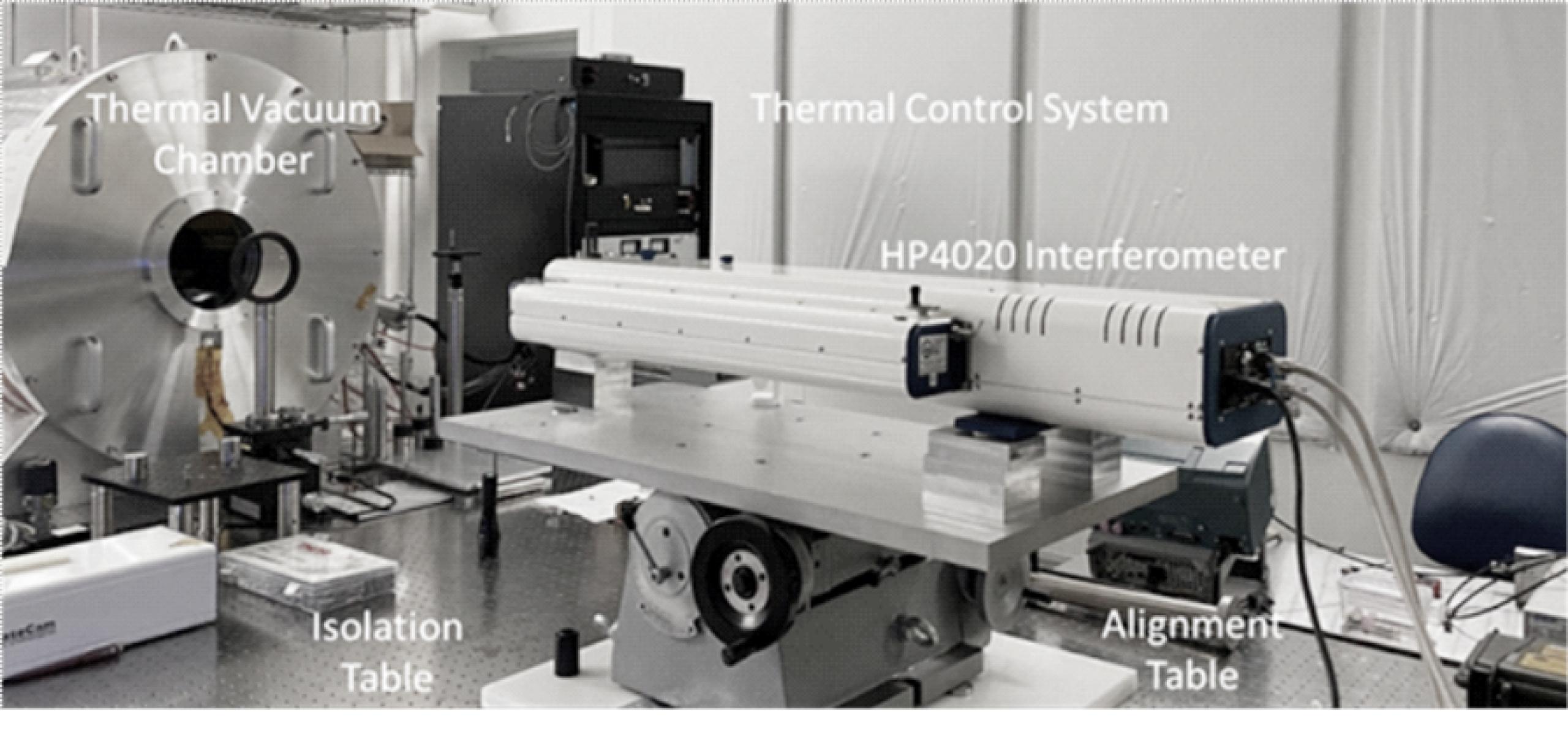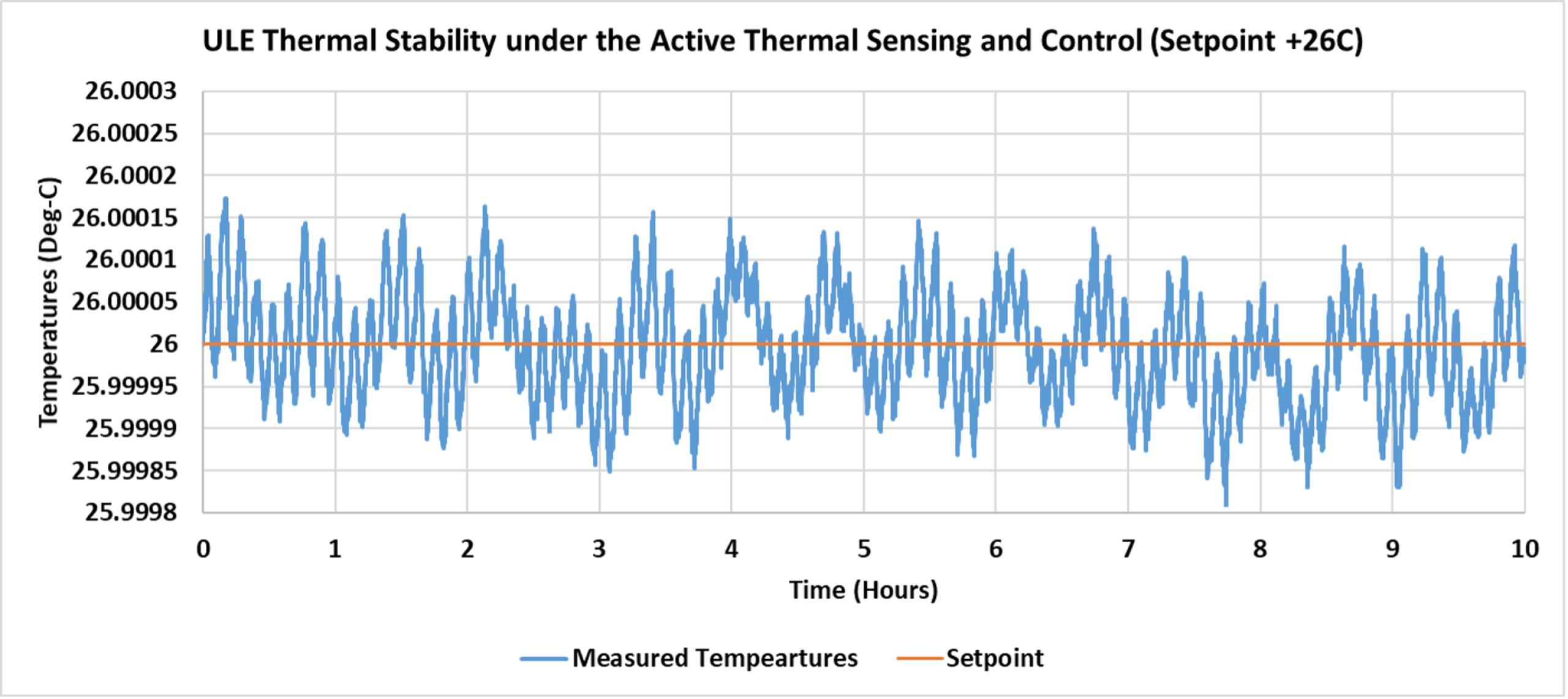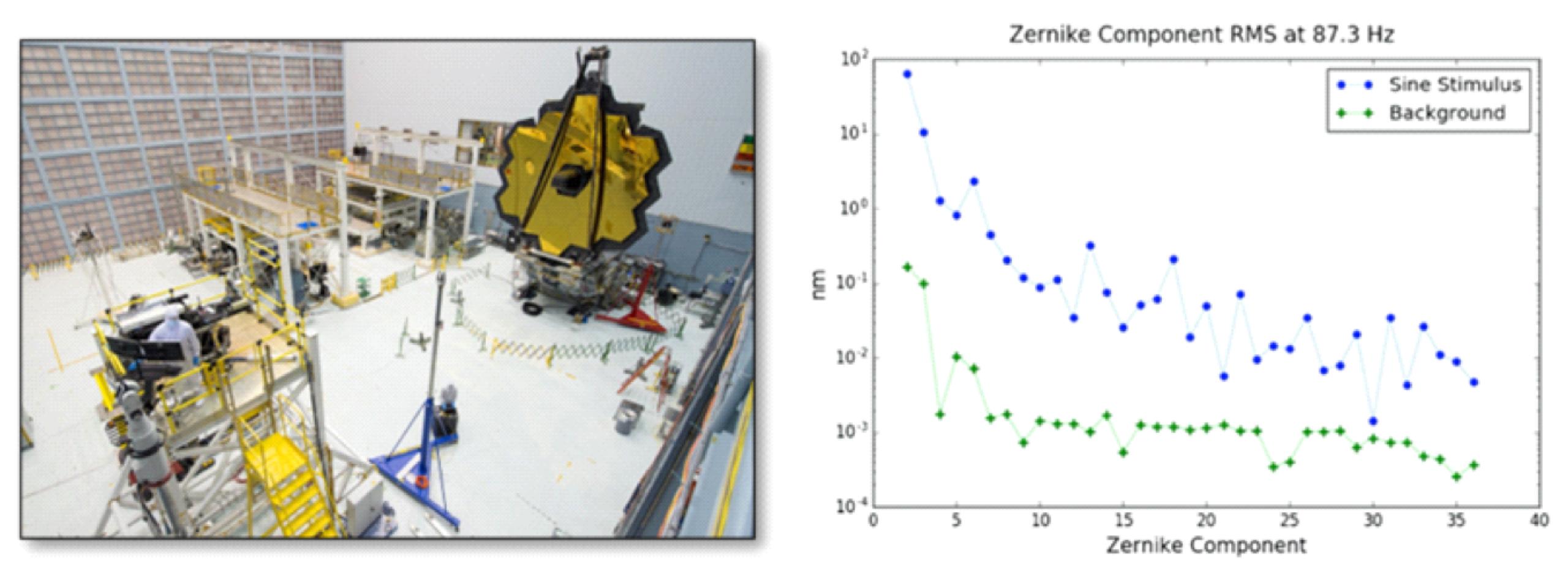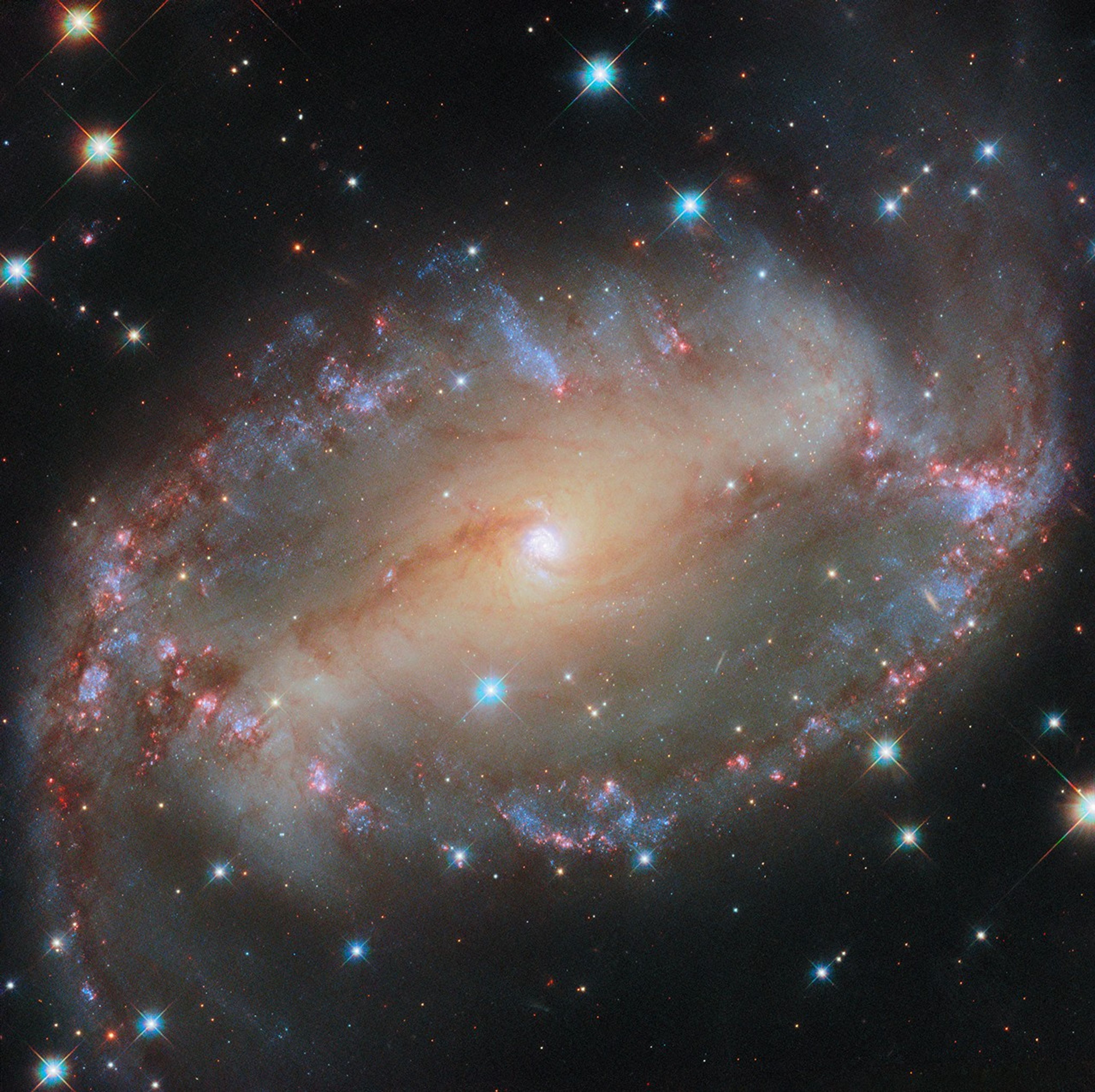PROJECT
Ultra-stable Telescope Testbed project
SNAPSHOT
A NASA team has developed a laboratory to enable the design and development of large ultra-stable telescopes—the kind of telescope needed to detect and characterize Earth-like planets around distant stars.

“Are we alone in the universe?” may be one of the most compelling questions of our generation. Direct imaging of planetary systems around other stars to detect and characterize Earth-like planets that could potentially sustain life requires telescopes that are large and extremely stable. NASA has developed a series of telescopes to detect and characterize Earth-like planets, including the retired Kepler mission, the Transiting Exoplanet Survey Satellite (TESS), and the new James Webb Space Telescope (Webb). The agency is now beginning to explore development of much more sensitive telescopes at different wavelengths to investigate habitable worlds, among other goals. Designing and testing a telescope with this sensitivity level requires test equipment with a corresponding level of sensitivity.
This kind of future flagship telescope would require high contrast (10-10) and even more demanding contrast stability (10-11). Contrast stability is achieved by maintaining a persistent, or stable, telescope prescription that is defined by the shape and position of all the optical elements. The prescription is affected by surrounding environmental effects like dynamic onboard vibrations from mechanisms and slow drifting temperature changes of the metering structure and optical elements.
To attain this remarkable contrast stability, the primary mirror must be stable to roughly <10 picometers RMS over the telescope operational control cycle, which can vary from seconds to minutes depending on the telescope architecture. The team designing the telescope to achieve this objective will need to measure the stability of the components and systems in the telescope to a corresponding level. To make stability measurements at this level requires a new spatial metrology system and new environmental controls. A team at NASA Goddard (consisting of representatives from Goddard, Johns Hopkins University, and the Smithsonian Astrophysical Observatory [SAO]) is developing an ultra-stable laboratory to meet this need.

Making physical measurements at a picometer scale (which is about 1 million times smaller than the width of a human hair) is challenging. By comparison, precision jet engine components are controlled to tens of microns (10-6 m), and Webb nanometer alignment control levels (at 10-9 m) are 1,000 times smaller than that. The picometer (10-12 m) measurements sought for these next-generation telescopes are yet another 1,000 times smaller than Webb control levels.
A classical approach to address such a challenge is to measure the effects of larger-scale disturbances and then assume linear interpolation is applicable to predict the effects of smaller disturbances. The ultra-stable structures team found this approach to be unreliable and learned that systems at the picometer scale do not act in the same linear way as nanometer-level systems.
For example, the team discovered that picometer-amplitude vibrations do not necessarily propagate over a mechanically fastened joint; the joint must instead employ an adhesive joint to transmit the disturbance. The level of connectedness or “mechanical intimacy” of joints matters at the picometer scale, and internal stresses and the external environment can play a role that needs to be understood. Therefore, the team’s emphasis has been on measuring picometer spatial changes without testing over larger temperature changes as was done on Webb.
The ultra-stable lab system has evolved to the point where the team has measured picometer-level dynamic spatial changes, and recent work has focused on the more difficult measurement of drift (slow changes caused by small temperature changes). The team has made substantial progress on controlling temperatures to sub-milli-Kelvin, and actual drift measurements are in progress.

The team’s general approach is to develop the new metrology methods and equipment required for this level of testing, and to perform incremental testing of ultra-stable telescope building blocks, such as actuators, composite materials, joints, and other materials. The long-term plan is to expand the laboratory infrastructure to be able to characterize large, assembled subsystems and structures.
An initial version of this new stability metrology was used on in situ Webb mirror segment measurements in 2015-16 using very low amplitude dynamic stimulation of the entire telescope (see figure below). These early tests demonstrated the ability to identify surface aberrations at picometer-level amplitudes. The current ultra-stable structures lab was set up in 2017 to further develop the metrology. In 2017, the laboratory equipment (hardware and software) could make nanometer-level measurements, and by 2022 the team had evolved the equipment to enable picometer-level measurements. Recently, the team used the lab to measure thermally induced drifts < 3 ± 2 picometers/sec in the surface profile of a flat glass plate.

The team is making progress towards fully demonstrating the metrology and ultrastability methods needed for a future high-contrast telescope. The work to date has built confidence that picometer-scale stability is measurable and controllable. The near-term priority is to make drift measurements at the picometer level. The long-term goals are to increase the complexity and variety of test articles to include larger composite systems that may be used on a future ultra-stable telescope.
PROJECT LEAD
Dr. Babak Saif and Lee Feinberg, NASA Goddard Space Flight Center (GSFC)
SPONSORING ORGANIZATION
NASA Astrophysics Division Strategic Astrophysics Technology (SAT) Program



